Bottom boot sector
15 Nov permit this without having to waste an entire Kbyte sector. Boot sectored devices also have the option of placing the smaller boot sectors within the first 64 Kbytes of the low address range (called bottom boot) or the last. 64 Kbytes of the high address range (called top boot). This is due to the way in which.
6 Jul A Flash ROM is usually divided into many blocks or sectors (such as 64KB blocks ) of each block can be separate erase, in writing, and the protection against accidental erasure or reprogramming. You can't block in single byte programming without erasing the entire block. Flash ROM the need for special.
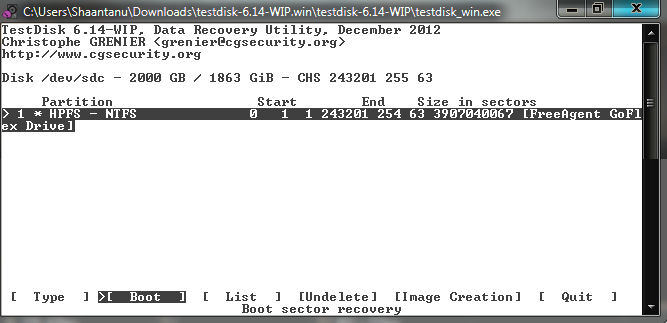
Latest Questions
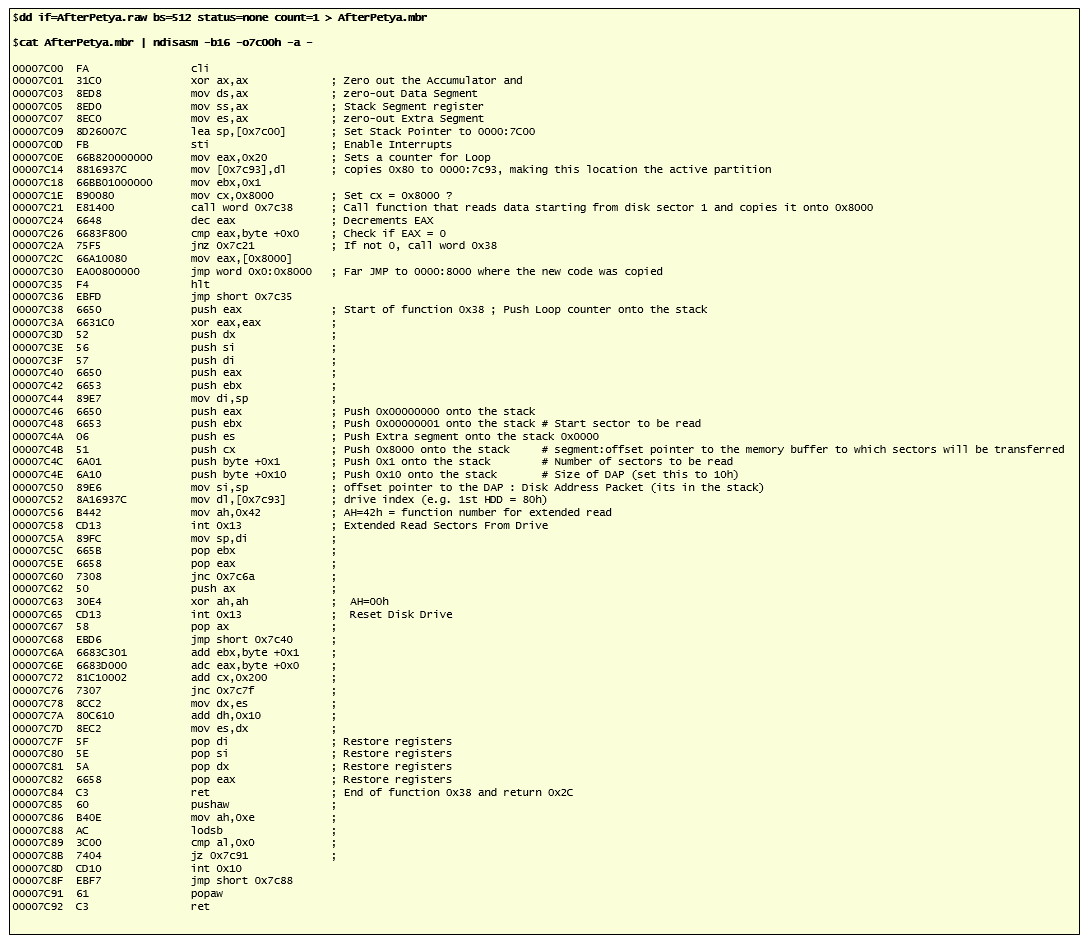
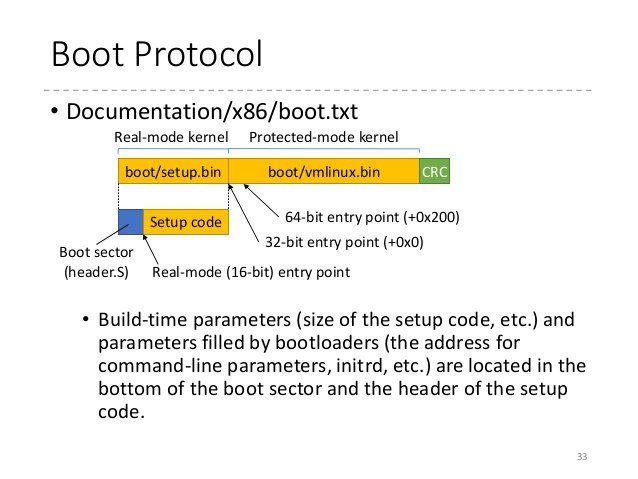

Hi guys Bonnie Age: 31. Hello gentlemen, i am Annabelle Banks, welcome to my profileAll my pic REALMy personality is multi faceted.
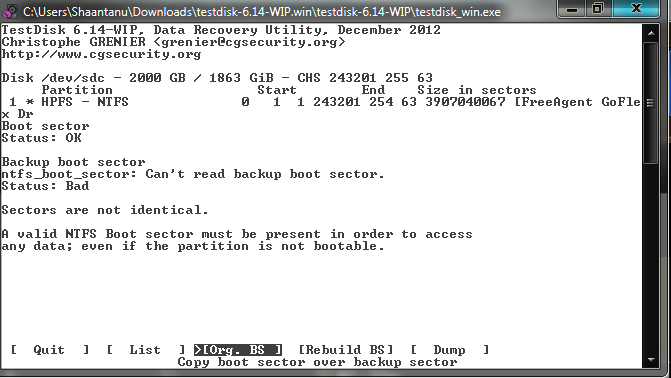
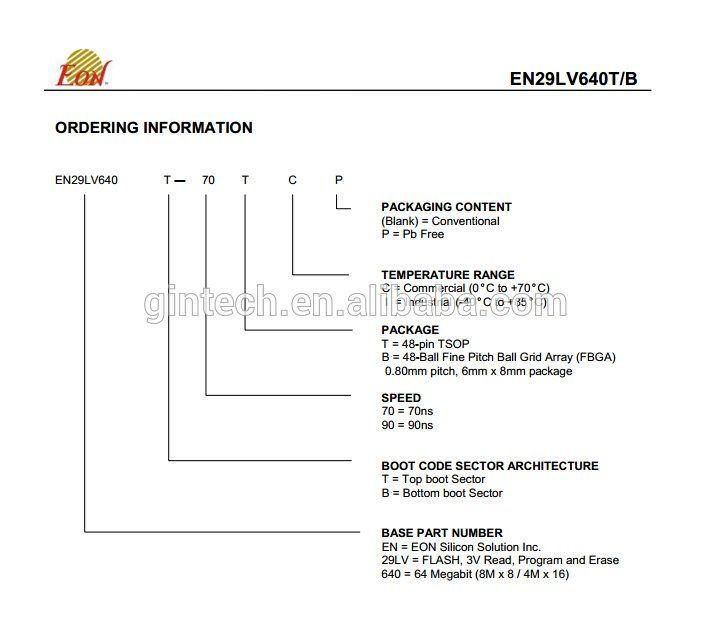
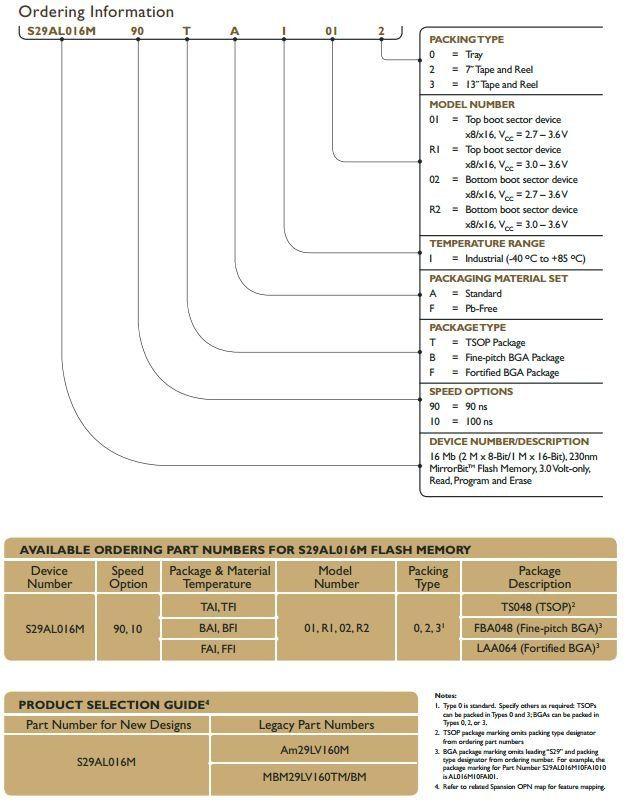




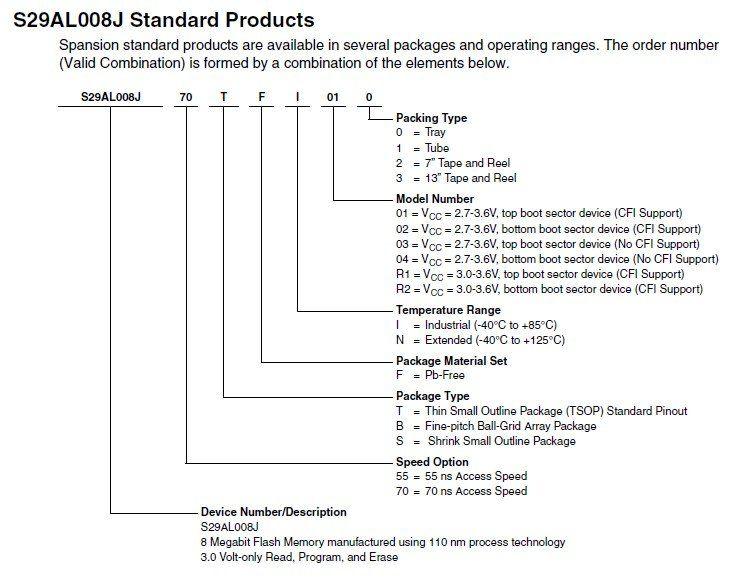
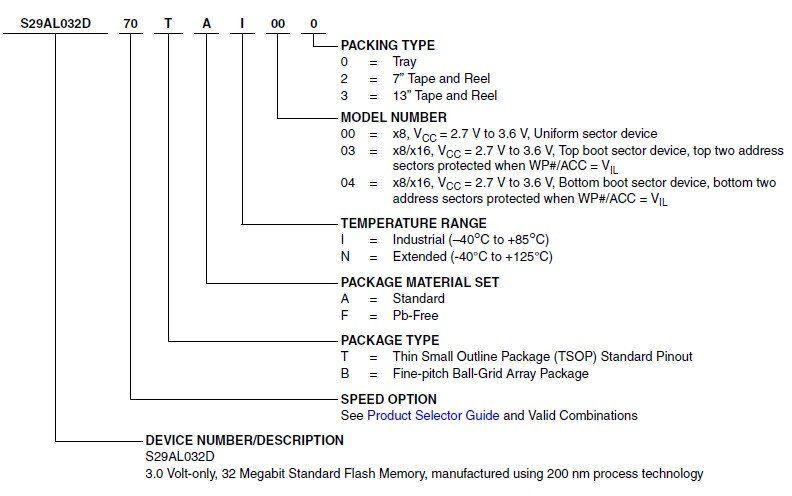
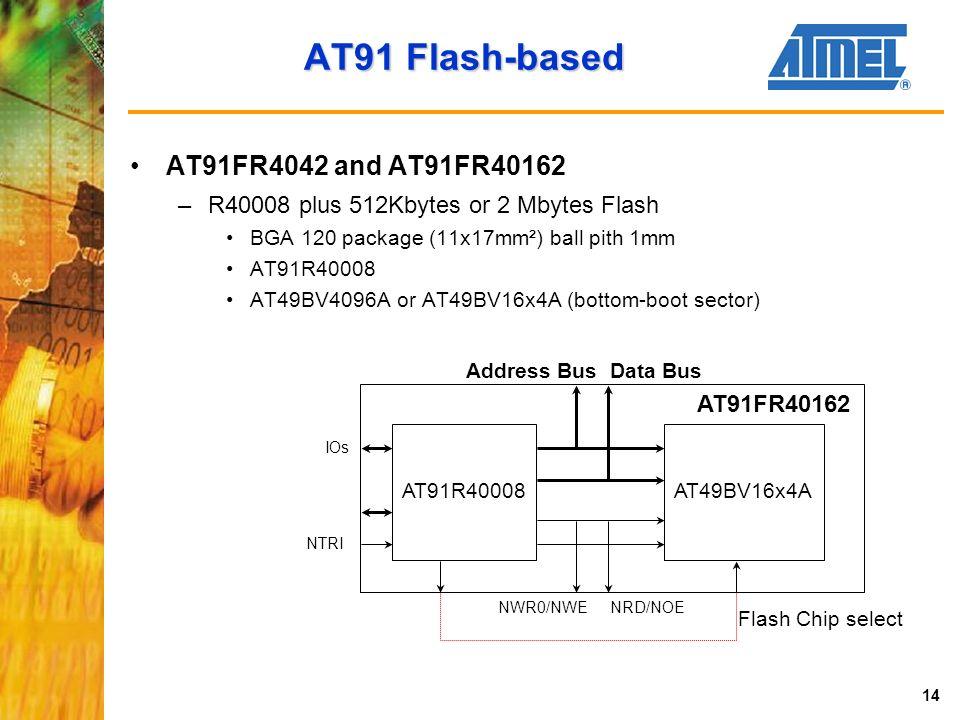

Trixie Age: 25. South Indian beauty Tamil speaking, for here for u, to tasfully satisfy your needs with girlfriend Experiance,,no rush and punctual, ,love to give long oral,a service which u will not be disappointedMoscowLove is an escort agency where you will find the pretty young Russian girlsI am a lovely by day mature lady companion ( years old)
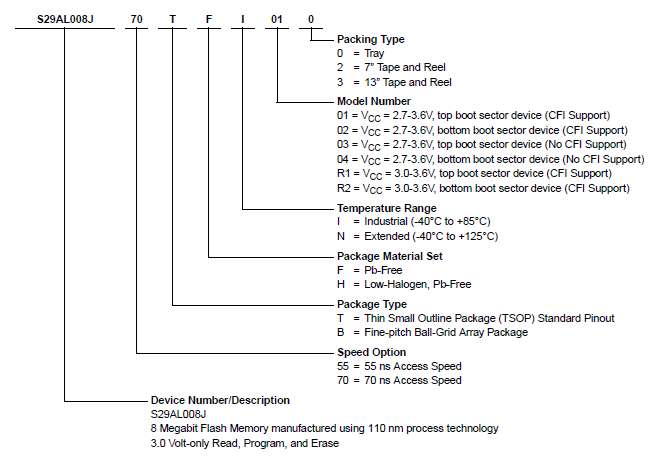
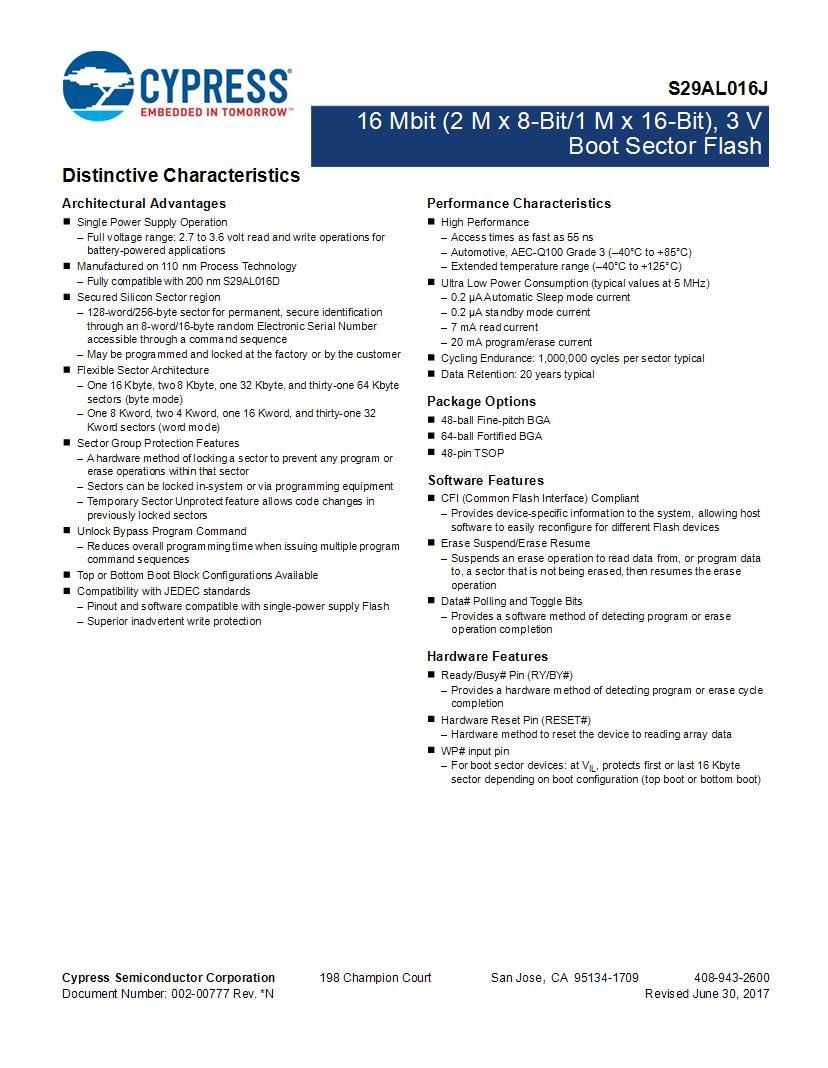
24 people find in your city who like Swapping. Look
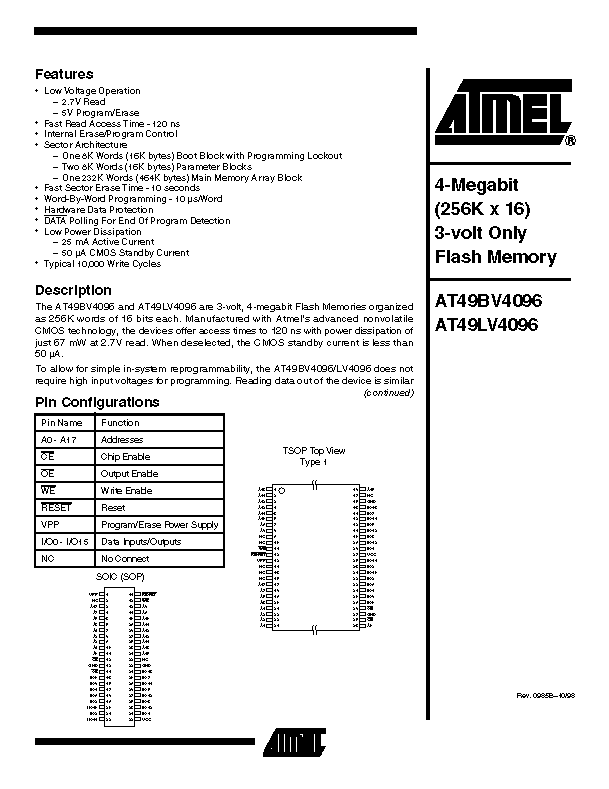



Description:The main block of the destruction or capable of handling the incident, and the boot block destruction will cause the embedded equipment can not start or resume. The firmware simply loads and runs the first sector of the storage device. When the boot sector of the flash device exists in the boot-time address space of the CPU, it can be protected by making the boot sectors unmodifiable. Furthermore, whatever is stored in the first sector of a floppy diskette, USB device, hard disk or any other bootable storage device, is not required to immediately load any bootstrap code for an OS, if ever. The BIOS option is disabled by default because the message may not be displayed correctly in graphics mode and blocking access to the MBR may cause problems with operating system setup programs or disk access, encryption or partitioning tools like FDISK , which may not have been written to be aware of that possibility, causing them to abort ungracefully and possibly leaving the disk partitioning in an inconsistent state. It may contain code to load an operating system or other standalone program installed on that device or within that partition.




























User Comments 5
Post a comment
Comment: